Cranberries are more than just a festive holiday fruit; they are a powerhouse of nutrients and an excellent addition to any home garden. Known for their tangy flavor and vibrant red hue, cranberries thrive in specific conditions that mimic their natural habitats: cool climates, acidic soils, and plenty of water. While traditionally grown in bogs, cranberries can also be cultivated in home gardens or containers with the right care. If you’re looking for a rewarding and seasonal crop that provides both beauty and nutrition, cranberries are a fantastic choice.
This article will guide you step-by-step on how to grow cranberry plants at home for fresh seasonal harvests, covering soil preparation, planting techniques, care, and harvesting tips.
Why Grow Cranberries at Home?
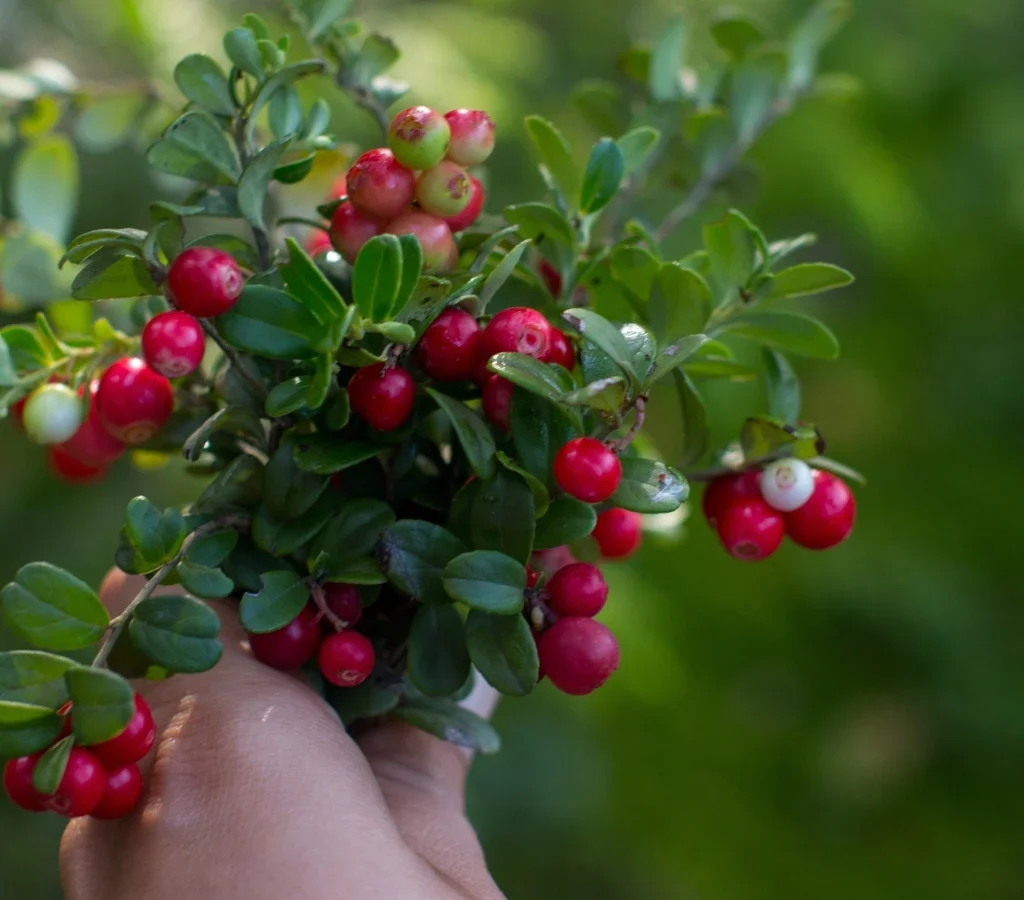
Before diving into the process, it’s worth knowing why cranberries deserve a place in your garden:
- Nutritional powerhouse – Rich in antioxidants, vitamin C, and dietary fiber.
- Versatile fruit – Used in sauces, juices, jams, baked goods, and even savory dishes.
- Attractive ground cover – Their low-growing, glossy green foliage with pink flowers adds visual charm before producing red berries.
- Long lifespan – With proper care, cranberry plants can live and produce fruit for up to 50 years.
Step 1: Understanding the Growing Requirements
Cranberries have unique requirements compared to many other fruits. They naturally thrive in boggy, acidic soils, but you don’t need to replicate a swamp to grow them at home. Instead, create a controlled environment with these essentials:
- Climate: Cranberries need a cold climate with winter dormancy. USDA zones 2–7 are best. They require a chilling period (around 1,000 hours below 45°F/7°C) to produce fruit.
- Soil: Acidic soil with a pH between 4.0 and 5.5. Sandy, peat-based soils work well.
- Sunlight: Full sun is crucial for berry production. Aim for at least 6–8 hours daily.
- Moisture: Cranberries love consistently moist soil but not standing water in a home setting.
Step 2: Choosing the Right Cranberry Variety
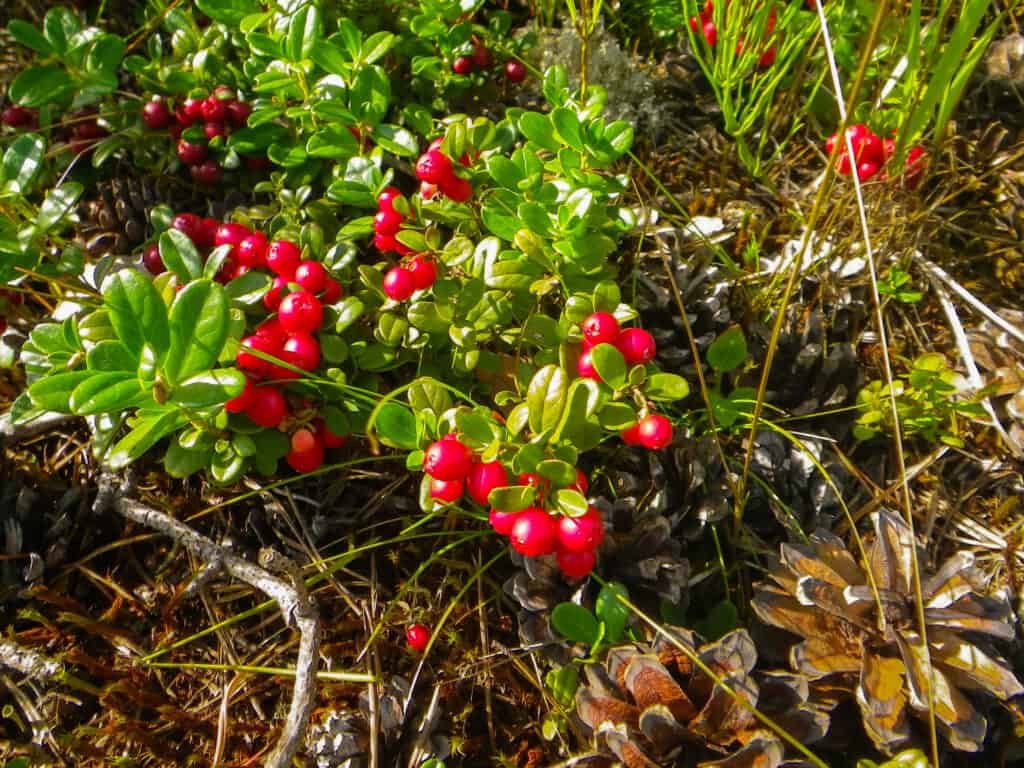
Several varieties are available for gardeners. Popular types include:
- ‘Stevens’ – A hybrid known for high yields and large berries.
- ‘Ben Lear’ – Early ripening and excellent flavor, perfect for shorter seasons.
- ‘Pilgrim’ – Vigorous growth and ideal for larger gardens.
- ‘Early Black’ – Produces smaller berries but has rich flavor.
Choose a variety based on your climate and desired harvest time.
Step 3: Preparing the Soil and Planting Site
Since cranberries thrive in acidic, sandy soils, preparing the planting site is critical.
- Create a raised bed or sunken plot about 4–6 inches deep.
- Amend the soil with peat moss, sand, and composted pine needles to achieve acidity.
- Ensure good drainage while maintaining moisture.
- Test soil pH and adjust with sulfur or acidic amendments if needed.
Step 4: Planting Cranberries
Cranberries are typically planted using rooted cuttings or plugs rather than seeds, as seeds take years to mature.
- Timing: Plant in spring after the last frost when the soil is workable.
- Spacing: Place plants about 2 feet apart; they will spread over time.
- Planting depth: Set plugs or cuttings so that the roots are covered but the crown (where stems emerge) is above the soil.
- Mulching: Apply a light mulch of sand or pine needles to retain moisture and suppress weeds.
Step 5: Caring for Your Cranberry Plants
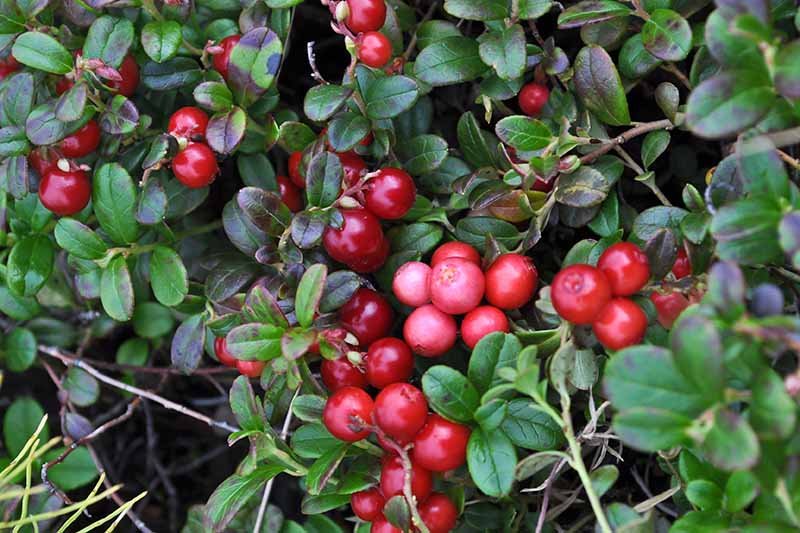
Caring for cranberries requires consistency but not excessive effort. Here are the essentials:
1. Watering
Cranberries have shallow roots, so consistent moisture is key. Water regularly, especially during dry spells. Aim for moist but not waterlogged soil.
2. Fertilizing
Use a balanced, slow-release fertilizer with higher nitrogen during early growth. Avoid over-fertilizing, as it encourages foliage growth over fruiting.
3. Weeding
Cranberries don’t compete well with weeds. Hand-weed regularly or use mulch to suppress unwanted growth.
4. Sanding
In commercial bogs, a thin layer of sand is spread over plants every few years to encourage new root growth and suppress pests. You can mimic this by adding a half-inch of sand each spring.
5. Winter Care
Cranberries require a chilling period. In colder zones, natural winters suffice. In milder zones, consider using shade cloths or placing containers in cooler locations.
Step 6: Pest and Disease Management
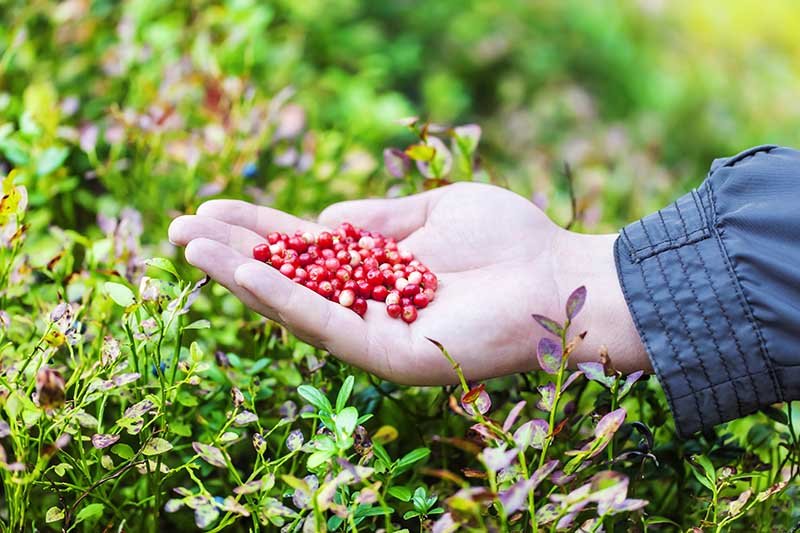
Cranberries are relatively hardy but can face issues such as:
- Fruitworm and cranberry weevil – Insects that damage fruit. Use organic insecticidal soap or neem oil.
- Fungal diseases (root rot, leaf spot) – Prevent by ensuring proper air circulation and avoiding waterlogged soil.
- Birds – Netting can protect ripening berries.
Regular monitoring ensures problems are caught early.
Step 7: Harvesting Cranberries
Patience is key: cranberries usually take 2–3 years to begin producing fruit. Once established, they yield annually.
- Season: Harvest from late September through October.
- Signs of ripeness: Berries turn deep red, feel firm, and bounce slightly when dropped (the famous “bounce test”).
- Harvest method: For home gardeners, simply handpick berries. Avoid harvesting too early, as unripe cranberries are sour and less nutritious.
Step 8: Storing and Using Fresh Cranberries
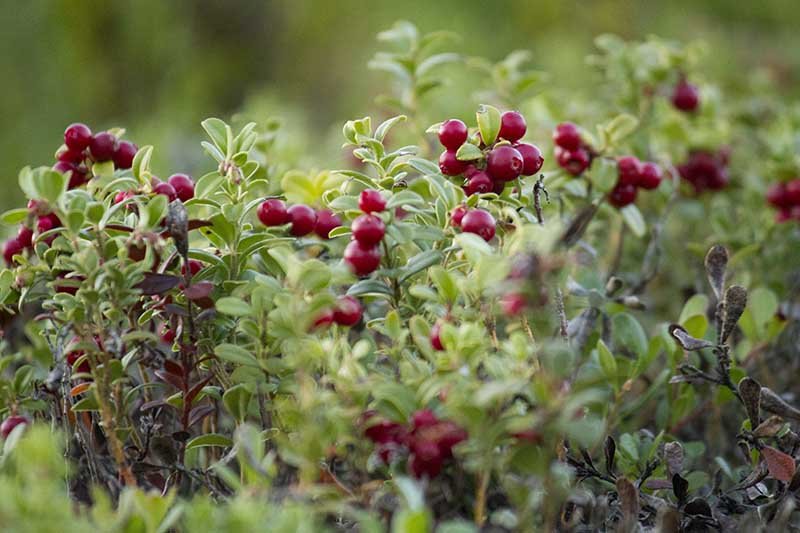
Fresh cranberries can be stored for weeks if handled properly:
- Refrigeration: Keep in a breathable container for up to 4 weeks.
- Freezing: Rinse, dry, and freeze cranberries to enjoy them year-round.
- Preservation: Use for juices, sauces, jams, chutneys, or baked goods.
Benefits of Growing Your Own Cranberries
- Sustainable food source – Reduce reliance on store-bought produce.
- Fresh taste – Homegrown cranberries are more flavorful and nutritious.
- Health perks – Known for supporting urinary tract health, reducing inflammation, and boosting immunity.
- Aesthetic value – Beautiful ground cover with ornamental appeal.
Pro Tips for Success
- Start with a small bed or container if you’re new to cranberries.
- Test and monitor soil pH annually to maintain acidity.
- Don’t expect immediate harvests; cranberry growing is a long-term investment.
- Companion planting with other acid-loving plants (like blueberries) can maximize garden space.
Final Thoughts
Growing cranberries at home may sound challenging, but with the right setup and care, it’s a highly rewarding venture. These perennial plants provide not only fresh, tangy fruits but also add ornamental beauty to your garden. By preparing the soil, ensuring proper care, and practicing patience, you can look forward to seasonal harvests of vibrant red cranberries for decades to come.
Whether you want to make homemade cranberry sauce for the holidays, enjoy antioxidant-rich juice, or simply add an unusual crop to your garden, cranberries are a fantastic choice for dedicated gardeners.
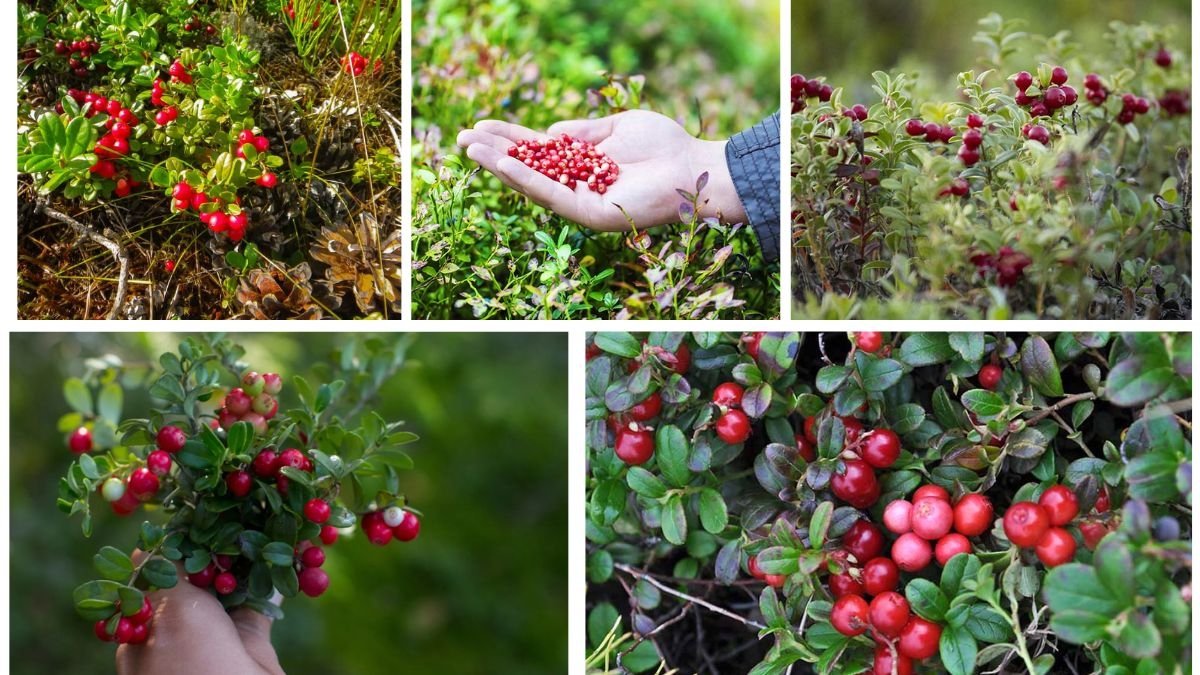





Leave A Comment